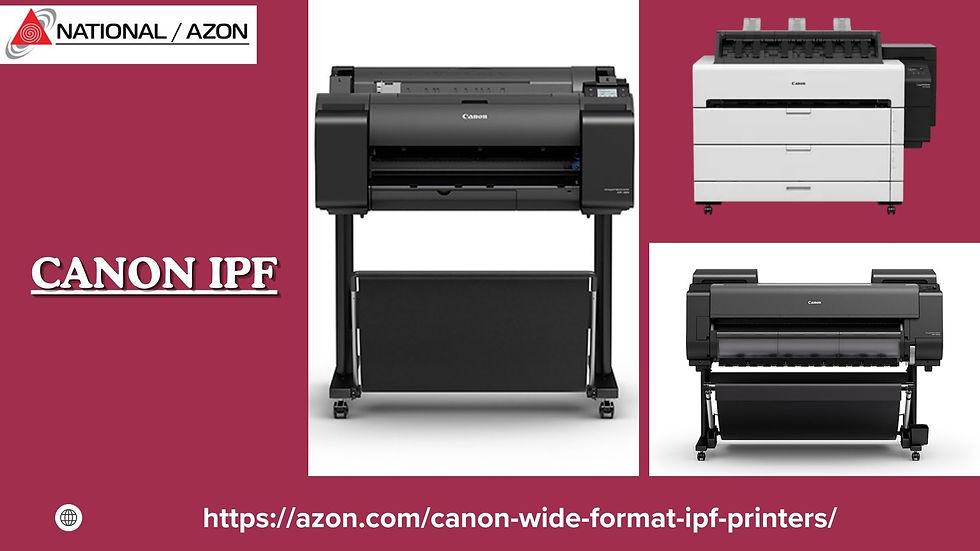Tips for Getting the Best Results from Your Contex Flatbed Scanner
- azonnational
- Oct 16
- 3 min read
A good scanner is necessary for any professional who is working with large- format documents like artworks. For the best results, one can avail the Contex flatbed scanner. It is one of the best available with its adaptability and capacity to handle things. For excellent results use contex scanner as it guarantees good results.

Understanding the Contex Flatbed Scanner Advantage
Mainly for the professionals, the scanners are designed. It has a large scanning surface and therefore it is perfect for any large scanning. One can scan large paintings, posters, and other technical documents without compromising the quality. Their sophisticated imaging technology helps to produce precise, sharp colors and lines. If you use the Contex scanner you can surely preserve the original texture as well as the detail of the artwork. Unlike standard scanners, which may flatten or distort images, a Contex scanner captures even the shades and fine brushstrokes. This is particularly important for artists who want to maintain the integrity of their work when creating digital copies for portfolios, galleries, or online sharing.
Setting Up Your Contex Scanner for Optimal Performance
To get the best results from your art scanner, proper setup is crucial. Start by making your workspace clean and dust free. Even small particles on the glass surface can affect the quality of the scan. Regular cleaning of the scanner bed with a soft, lint-free cloth helps to maintain sharp and clear scans.
Next, adjusting your scanner settings based on the type of material you use can help you a lot. For photographs or fine art, select higher resolution settings to capture intricate details. For documents or prints, standard resolution may suffice. Many scanners also offer color calibration options, helping you to match the scanned image minutely with the original picture. Visit National Azon today.
Techniques for High-Quality Scanning
Positioning your artwork correctly is another key factor. Ensure it lies flat against the scanner glass to avoid distortion or uneven focus. For fragile or textured pieces, consider using a protective overlay to prevent direct contact while still maintaining image fidelity. Experiment with different scanning modes to see which works best for your project. Some Contex scanners provide options for grayscale, color, and even advanced modes like multi-exposure scanning. These modes enhance the details and tonal range, making your digital reproductions as true to life as possible.

Post-Scan Considerations
After scanning, review your digital files seriously. Check for any unwanted shadows, reflections, or color discrepancies. Using image editing software can help to fix the scanned image without compromising the original quality. Always save a high-resolution master copy for future use, whether for prints, portfolios, or digital archives. Visit National Azon today.
Maximizing the Life of Your Contex Scanner
Proper maintenance helps your scanner to deliver top-notch results consistently. Keep software and drivers always updated. Avoid excessive pressure on the scanner bed, and follow the manufacturer’s guidelines for usage. With care, your Contex flatbed scanner can provide consistent, professional-grade scans for years.
Final Thoughts
A Contex scanner is more than just a tool. It is important for artists and professionals who value precision and quality. By understanding your scanner’s features, setting it up correctly, and using the right techniques, you can get the best results every time. Be it digitizing your artwork, large-format prints, or technical documents, a large scanner for art like Contex helps preserve your work digitally with remarkable accuracy and detail.



Comments